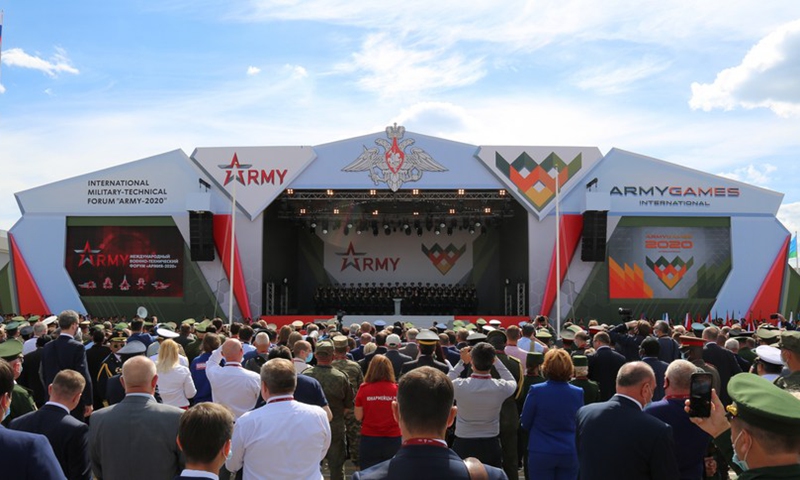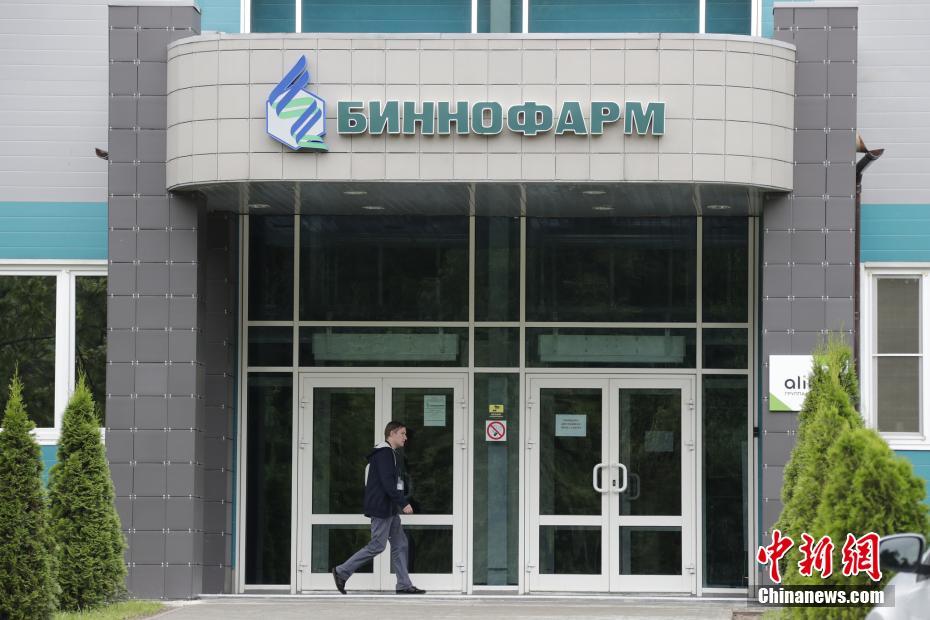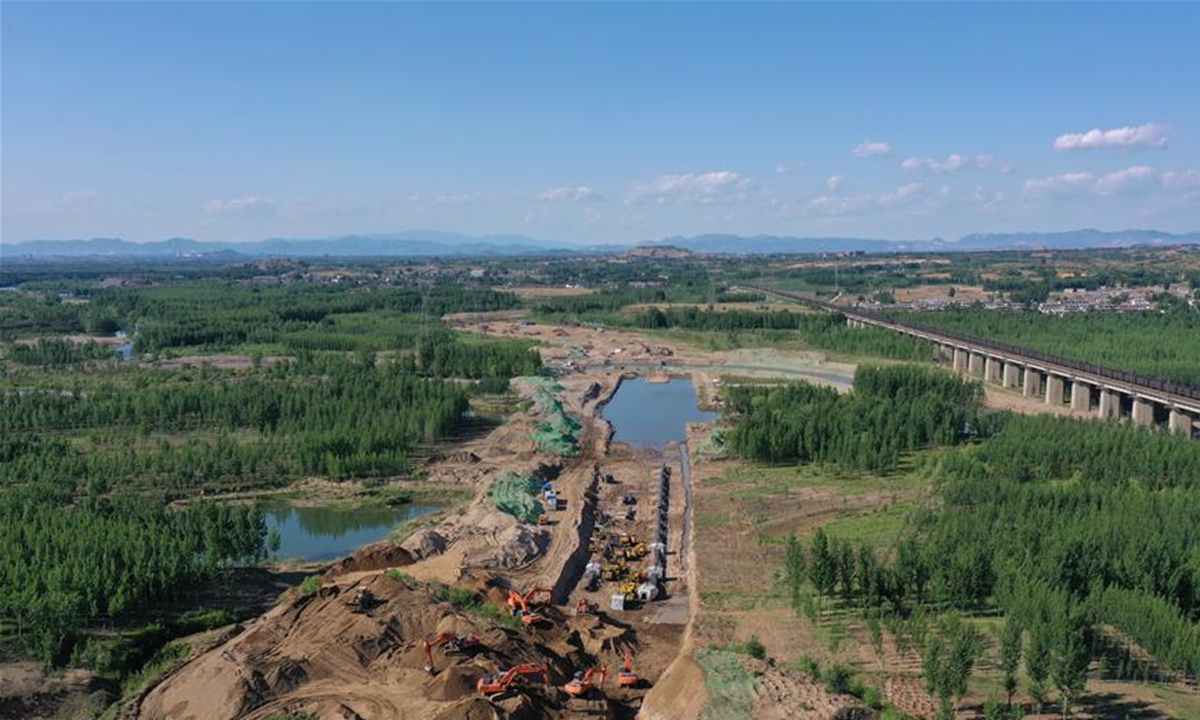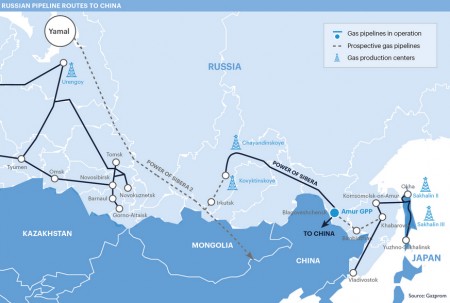It appears there are two US vehicles US MaxxPro MRAP being sandwhiched by Russian BTR-80, 2 Typhoon-K MRAPs, Ural-4320, and 2 Tigr vehicles with Russian Mi-8AMTSh and Mi-35M helicopters overhead.




Putin insisted that vaccination in Russia should only be carried out on a voluntary basis, with nobody forced to accept immunization. He also revealed that one of his daughters has already been vaccinated.
It is hoped the Russian vaccine will go into general circulation by January. In the meantime, front-line health workers and the medically vulnerable will be given priority, according to the Health Ministry.
Putin asked Health Minister Mikhail Murashko to provide more detailed information about the plans for immunization. “I know that it works rather effectively, forms a stable immunity, and, I repeat, it passed all the necessary inspections,” the President added.
Vadim Tarasov, a top scientist at Moscow’s Sechenov University, where the trials took place said the country had a head start as it has spent the last 20 years developing skills in this field and trying to understand how viruses transmit. The technology behind the Russian vaccine is based upon adenovirus, the common cold. Created artificially, the vaccine proteins replicate those of Covid-19 and trigger “an immune response similar to that caused by the coronavirus itself,” Tarasov revealed.


United States Secretary of State Mike Pompeo urged the Russian government on Monday to reconsider its restrictions on US-funded Voice of America and Radio Free Europe/Radio Liberty.
“Russian authorities continue to stifle independent information and free speech. Voice of America and Radio Free Europe/Radio Liberty are a vital source of information for Russians. We urge the Russian government to reconsider these new restrictions on free media,” Pompeo tweeted.
Back in 2017, Russia designated Radio Free Europe/Radio Liberty and Voice of America as “foreign agents.” after,
U.S. intelligence agencies said in a report in January that the television station
RT America , which broadcasts on cable in the United States, is “Russia’s state-run propaganda machine” and that it contributed to the Kremlin’s campaign to interfere with last year’s presidential election in favor of Republican Party candidate Donald Trump.
After that report, the Department of Justice insisted that RT America comply with registration requirements under the Foreign Agent Registration Act (FARA). Under the act, RT will be required to disclose financial information.
No Shame, MP.

China officially began the world’s largest tunnel construction under a major river on Tuesday, kick starting the construction of the 1,509-kilometer-long southern Chinese section of the China-Russia east-route natural gas pipeline.

The tunnel under the Yangtze River is a key project of the southern Chinese section of the pipeline, which will connect Yongqing in North China’s Hebei Province with the economic hub of Shanghai.
The China Oil & Gas Piping Network Corporation, the national oil and gas pipeline company launched late last year, said that after the key project is completed by June 2025, annual throughput will reach 18.9 billion cubic meters per year.
Energy traffic in the Yangtze River Delta will be immensely improved, with imported Russian natural gas meeting civilian and industrial demand in the region, the company said.
https://oilprice.com/Energy/Crude-Oil/Russia-Delivers-First-Arctic-Oil-To-Key-Ally-China.html
Last week saw Russia’s Gazprom Neft, the country’s third biggest oil company by output and the oil arm of state gas giant Gazprom, ship its first cargo of oil produced in the Arctic to China via the Northern Sea Route (NSR). This shipment East adds to its existing Western exports via the NSR to Europe. According to Gazprom Neft, it took 47 days to deliver a full cargo of 144,000 tonnes of sweet, light Novy Port oil from the Yamal peninsula developments to the Chinese port of Yantai on the Bohai Sea, from Russia’s north-western city of Murmansk. “Successful experience in the sale of Arctic oil in the European market and an in-depth insight of Asia-Pacific markets allow Gazprom Neft to offer Novy Port oil with a unique year-round logistics scheme to Asian partners,” said Gazprom Neft’s deputy director general for logistics, processing and sales, Anatoly Cherner, last week.

Russia Eyes Another Massive Gas Pipeline To China 7-8-20 https://oilprice.com/Energy/Natural-Gas/Russia-Eyes-Another-Massive-Gas-Pipeline-To-China.html
Gazprom and Moscow have been pushing for the ‘Power of Siberia-2 pipeline’ from Western Siberia to China’s Xinjiang region. The proposal has been met with a lukewarm response from Beijing because the region is already well-supplied with Central Asian gas. However, due to the Coronavirus pandemic and Gazprom’s adjusted plan, the Power of Siberia-2 project is gaining momentum.
The US Navy sailed three destroyers into the Barents Sea off Russia’s Arctic coast Monday, the first time Navy ships have operated in the area since the mid-1980s, the height of the Cold War.
The purpose of the operation was “to assert freedom of navigation and demonstrate seamless integration among allies,” US Naval Forces Europe said in a statement.
The three destroyers — USS Donald Cook, USS Porter and USS Roosevelt — were joined by a UK Royal Navy frigate, HMS Kent.
The Barents Sea is part of the Arctic Ocean and borders northern Norway and Russia. The Russian port of Murmansk, which hosts the Russian Navy’s Northern Fleet, sits on the sea.
The US Navy said it had notified Moscow of the upcoming operation on Friday “to avoid misperceptions, reduce risk, and prevent inadvertent escalation.”
US officials have consistently said that Russia has boosted its military presence in the Arctic in recent years.